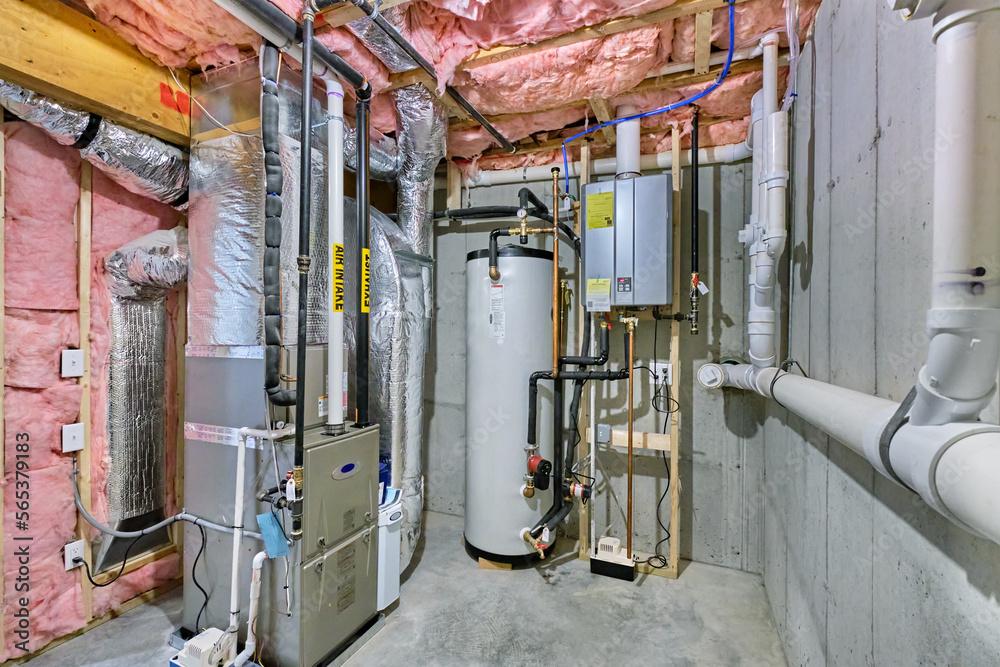Electric water heaters work by using electricity to heat the water directly or indirectly. There are two main types of electric water heaters: storage tank water heaters and tankless (on-demand) water heaters. Here’s an overview of how each type works:
Storage Tank Water Heaters
Heating Element: Inside the tank, there are one or two heating elements (typically made of metal, such as copper or stainless steel).
Thermostat: A thermostat monitors the water temperature and controls the heating elements to maintain the desired temperature setting.
Cold Water Inlet and Hot Water Outlet: Cold water enters the tank through a dip tube and is heated by the heating elements.
Pressure Relief Valve: To ensure the tank doesn’t over pressurise, there is a pressure relief valve that opens to release excess pressure.
Temperature and Pressure Sensors: Modern units often have safety features like temperature and pressure sensors to prevent overheating.
The heating elements are turned on when the thermostat detects that the water temperature has dropped below the set point. Once the water reaches the desired temperature, the heating elements turn off. The heated water is then stored in the tank until it is needed.
Tankless (On-Demand) Water Heaters:
Heating Element (Heat Exchanger): Instead of a storage tank, tankless water heaters use a heating element, often a coil or heat exchanger, through which water passes.
Cold Water Inlet and Hot Water Outlet: When you turn on a hot water tap, cold water travels through the unit and is rapidly heated by the heating element.
Flow Sensor: The flow of water triggers the unit to turn on and begin heating.
Temperature Control: Tankless heaters have a temperature control mechanism to adjust the water temperature to the desired level.
Tankless water heaters provide hot water on demand, eliminating the need for a storage tank. They are generally more energy-efficient than storage tank heaters because they don’t have standby heat loss associated with always keeping a large volume of water hot.
In both types of electric water heaters, it’s important to properly size the unit based on the hot water demand of the household to ensure adequate supply without excessive energy consumption.

